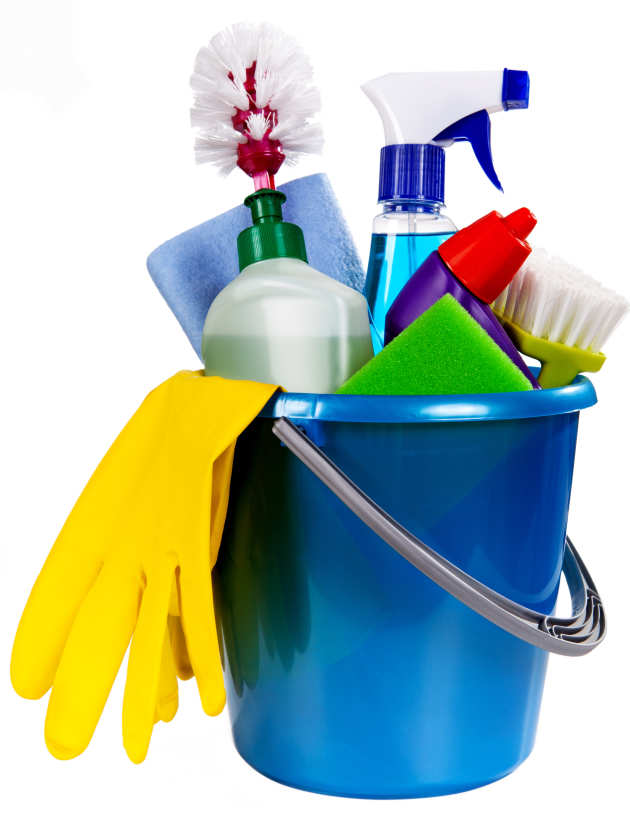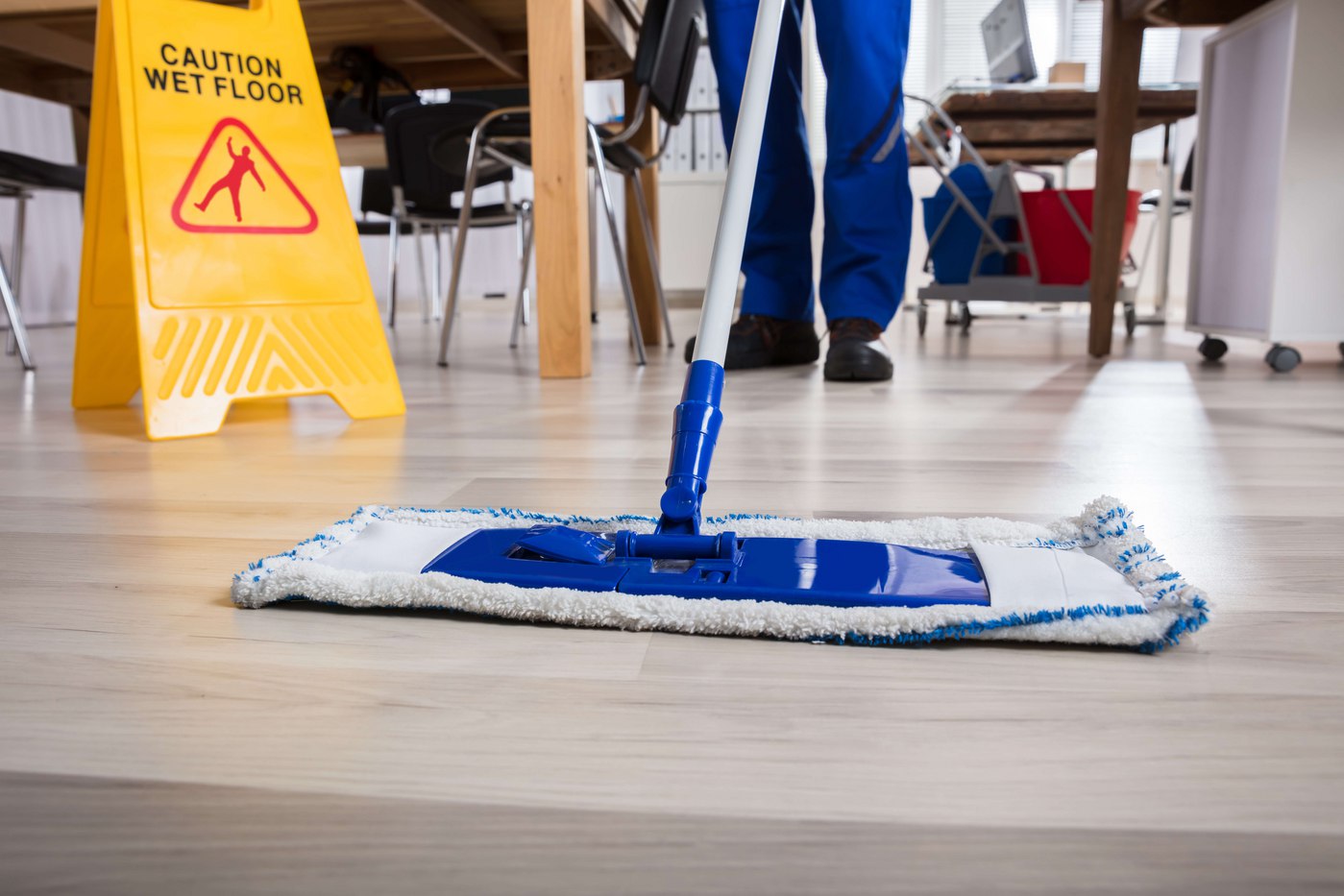The Best Guide to Everyday Cleaning: How to Scrub the Surfaces, Vacuum Carpets, and Clear Out Any Clutter
The Best Guide to Everyday Cleaning: How to Scrub the Surfaces, Vacuum Carpets, and Clear Out Any Clutter
Blog Article
Comprehending the Need for Thoroughly Decontaminating and Sanitizing Regularly Touched Surfaces in High-Traffic Locations
In the world of public wellness and safety, the meticulous disinfection and sanitization of often touched surface areas in high-traffic locations stand as vital measures in stopping the spread of harmful microorganisms. The importance of this practice expands far past mere sanitation, delving into the realm of disease prevention and community well-being. By discovering the various aspects of surface disinfection, from the risks linked with disregarding cleaning procedures to the effective techniques that can be utilized, a more clear understanding arises of the essential role these practices play in guarding public health. As we browse this conversation, it comes to be apparent that the effects of comprehensive surface area sanitation resound not just within the confines of a specific setting yet additionally reverberate on a more comprehensive range, impacting the wellness and safety and security of individuals throughout varied common setups.
Importance of Surface Area Sanitation
Stressing the comprehensive disinfection of high-traffic surface areas is essential in maintaining a hygienic atmosphere and preventing the spread of hazardous pathogens. High-touch surface areas such as door handles, light switches, lift switches, and kitchen counters serve as reproducing premises for bacteria and viruses. Routine sanitation of these surface areas is essential to decrease the risk of contamination and transmission of health problems.
By executing a robust disinfection procedure, companies and institutions can create a much safer setting for site visitors, clients, and staff members. Appropriate surface sanitation not just reduces the spread of transmittable conditions however also infuses confidence in the tidiness and security of the facilities. This aggressive method demonstrates a dedication to wellness and health, which is specifically important in high-traffic locations where the possibility of exposure to pathogens is enhanced.
Additionally, surface sanitation plays a critical role in total infection control methods. Combined with hand health techniques, wearing masks, and preserving physical distancing, comprehensive disinfection of high-touch surfaces forms an extensive defense against the transmission of unsafe microbes. Focusing on surface area disinfection is a crucial part of a holistic method to health and wellness in shared areas.
Risks of Disregarding Cleaning Practices
Disregarding detailed disinfection of high-traffic surfaces substantially heightens the risk of microbial and viral contamination, positioning a severe hazard to the health and wellness and security of people often visiting these rooms. Failure to carry out proper cleaning practices can bring about the accumulation and spread of harmful pathogens, consisting of bacteria and viruses, on frequently touched surfaces such as doorknobs, hand rails, lift buttons, and kitchen counters.

Additionally, neglecting the relevance of complete cleansing not only endangers the health of people but also undermines efforts to preserve a sanitary and tidy environment. It is essential to recognize the relevance of proper disinfection methods in preventing the spread of infections and securing public wellness.
Reliable Disinfection Approaches
To keep optimal tidiness and minimize the risk of contamination on high-traffic surface areas, utilizing efficient disinfection approaches is crucial. One of the most effective and usual sanitation approaches is using chemical disinfectants.
An additional reliable approach is making use of UV-C light. UV-C light has been revealed to be efficient in eliminating a broad selection of bacteria by disrupting their DNA structure, hence preventing them from reproducing. It is important to make use of UV-C light appropriately, guaranteeing that the correct strength and exposure time are applied to accomplish the wanted disinfection outcomes.
Furthermore, using heavy steam cleansing as a sanitation approach can be very reliable, specifically on surface areas that are heat-resistant. Steam can permeate porous surface areas and kill bacteria, infections, and various other microorganisms properly. When using steam cleansing, it is very important to make certain that the surface area gets to the required temperature level for a sufficient amount of time to guarantee proper sanitation.
Influence On Public Health And Wellness
The maintenance of high standards of sanitation and disinfection on high-traffic surface areas plays a vital duty in securing public health. Frequently touched surfaces in locations with high footfall, such as doorknobs, hand rails, elevator switches, and toilet centers, act as breeding premises for harmful microorganisms. Failing to sufficiently sanitize these surface areas can lead to the fast spread of contagious illness within communities. By executing detailed disinfection procedures, the threat of transmission of infections, microorganisms, and various other bacteria can be substantially minimized.
In high-traffic areas like airport terminals, schools, healthcare facilities, and public transport systems, the influence of strenuous sanitation procedures can not be understated. Focusing on the sanitization of frequently touched surfaces is an aggressive strategy to promoting public health and wellness and boosting the safety and security of individuals in shared areas.
Implementing Normal Cleansing Procedures
Promptly setting up and sticking to a consistent schedule of cleaning procedures is extremely important for preserving the sanitation and safety of high-traffic surfaces. Routine cleaning protocols are vital in stopping the buildup of germs and microorganisms on often touched surface areas, especially in locations with high foot web traffic. By applying an organized technique to cleaning, companies her comment is here can efficiently lower the danger of disease transmission and produce a healthier environment for workers, consumers, and the public.
To develop a reliable cleansing schedule, it is crucial to recognize high-traffic areas that call for frequent interest. These locations may consist of doorknobs, hand rails, lift buttons, toilet centers, and common devices. Executing a regular cleansing regimen that targets these surfaces several times a day can considerably lower the spread of dangerous bacteria and infections.
In addition, utilizing ideal cleaning agents and disinfectants is vital to ensuring that surface areas are extensively disinfected. Normal training of cleaning personnel on Read Full Article appropriate cleansing strategies and the relevance of adherence to the cleansing timetable is also important in preserving a hygienic setting. By prioritizing consistent cleaning procedures, companies can promote the health and health of individuals who communicate with these high-traffic surfaces.

Conclusion
In conclusion, it is crucial to prioritize comprehensive disinfection and sanitization of regularly touched surface areas in high-traffic areas to avoid the spread of dangerous pathogens and maintain public health. Ignoring proper cleaning techniques can raise the risk of contamination and transmission of conditions. By executing normal cleansing methods and making use of reliable disinfection techniques, we can produce a much safer environment for everybody (Vacuum Carpets). It is essential to recognize the importance of maintaining clean surfaces in high-traffic locations to guarantee the health of the neighborhood.
In the realm of public health and safety, the meticulous sanitation and sanitization of frequently touched surfaces in high-traffic areas stand as critical actions in protecting against the spread of hazardous microorganisms. By exploring the different aspects of surface area sanitation, from the threats associated with disregarding cleansing protocols to the efficient techniques that can be employed, a clearer understanding emerges of the important duty these practices play in securing public health.Additionally, utilizing vapor cleansing as a disinfection technique can be highly helpful resources efficient, particularly on surfaces that are heat-resistant. When making use of vapor cleaning, it is essential to make sure that the surface area gets to the called for temperature level for a sufficient quantity of time to ensure proper disinfection.
In conclusion, it is essential to prioritize thorough sanitation and sanitization of frequently touched surface areas in high-traffic locations to avoid the spread of dangerous virus and keep public health and wellness.
Report this page